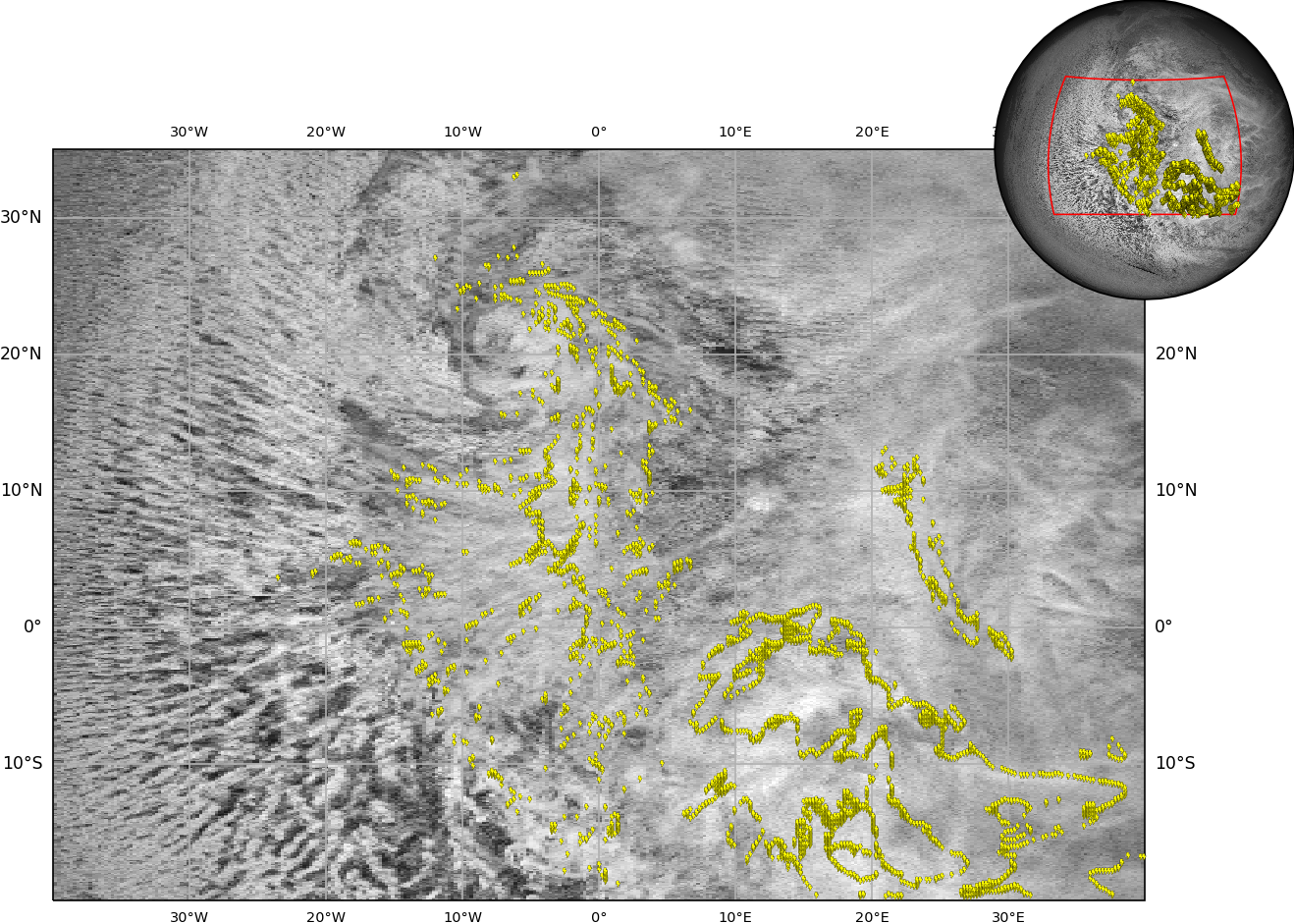Extraterrestrial lightning

Cloudy atmospheres produce lightning - one of the most fascinating atmospheric phenomena. Lightning can break down gas molecules and change the atmospheric composition. I study lightning in extraterrestrial atmospheres to understand its impact on the atmospheric chemistry and potential biosignatures.
In a paper1 led by Marrick Braam, we used a 3D coupled climate-chemistry model to investigate the climatology of lightning and its chemical impact on the atmospheres of tidally-locked Earth-like exoplanets (nominally Proxima Centauri b). We found that lightning is concentrated on the day side of the planet, where deep cumulonimbus-like clouds are abundant. The number of lightning strikes per year was quite low in our simulations compared to those observed on Earth. However, lightning led to a production of nitrogen oxides, which were then transported from the day side to the night side. There they were chemically converted to more complex species, which accumulated and resulted in a chemical contrast between the two hemispheres of the planet.
Our more resent study2 focused on how the background atmospheric pressure (i.e. the total mass of the atmosphere) changes lightning occurrence on an Earth-size tidally locked exoplanet (using TRAPPIST-1e’s orbital parameters). We found that lightning decreases as the pressure increases, due to a number of climate mechanisms, primarily weaker convection at higher pressures. Our study was the first application of a storm-resolving climate model to study lightning on exoplanets. Now peer-reviewed and published in a top journal in the field, this study started as a summer project led by two undergraduate students, James McDermott and Lottie Woods - I was very lucky to work with them!